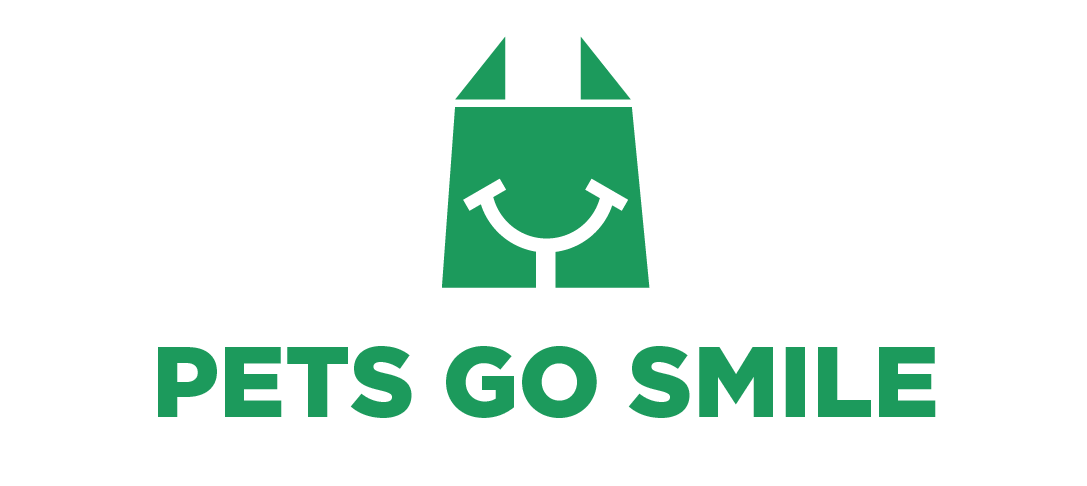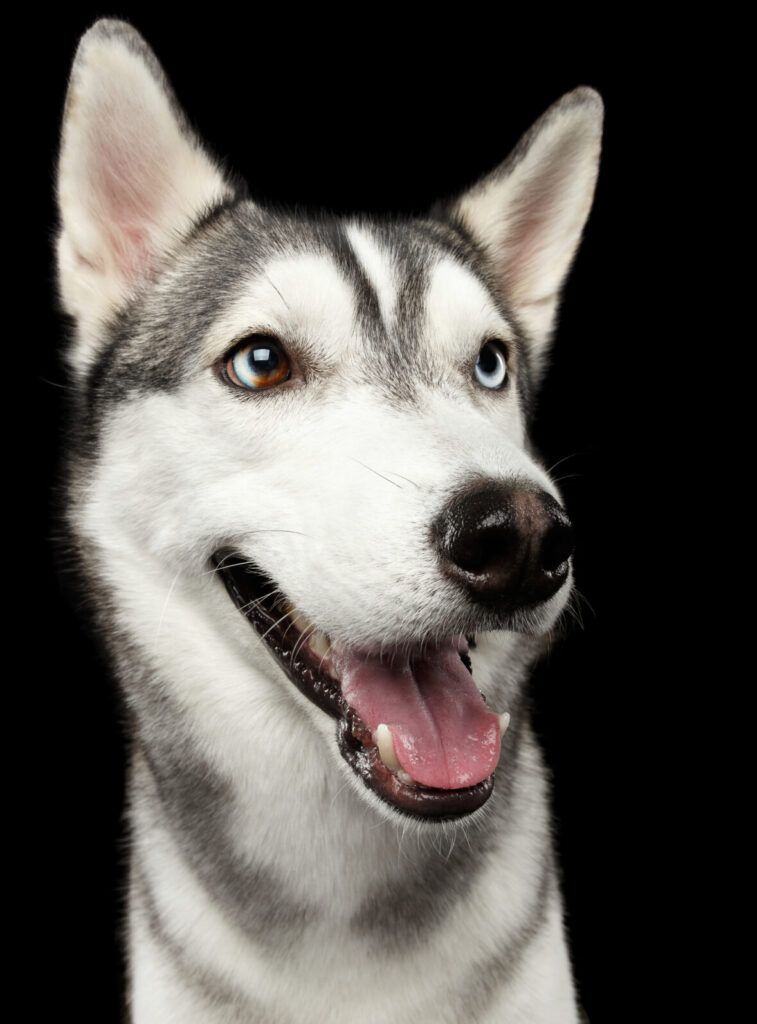Quality control in pet supply manufacturing is essential for ensuring superior products that can be trusted and relied on by consumers.
Quality control involves rigorous testing, inspections, and processes to guarantee the safety of pet supplies.
This helps protect pets from any potential hazards or health risks associated with poorly manufactured products.
Quality assurance control also ensures consistency in the production of pet supplies so customers know what they’re getting each time they purchase a product. For businesses within the pet supply industry, quality assurance is critical for protecting their reputation and guaranteeing cus tomer satisfaction.
It’s also key for ensuring long-term success as it’s an important factor in staying competitive in today’s market.
Ultimately, quality assurance plays a vital role in providing safe and reliable products to both pets and their owners alike.
Why Should Business Owners Focus on Pet Products Quality Control?

Ensuring the quality of pet products is crucial for business owners in the pet industry.
With a growing market and increasing consumer demand, maintaining superior quality control measures is essential for sustained success.
By prioritizing pet product quality assurance, business owners can reap numerous benefits , including:
1.Enhancing brand reputation
Consistently delivering high-quality pet products builds trust and credibility among customers, leading to a positive brand image.
2. Ensuring customer satisfaction
Superior quality pet products meet the expectations and needs of pet owners, resulting in satisfied customers who are more likely to become repeat buyers and recommend products to others.
3. Reducing product recalls and returns
Effective quality control measures minimize the risk of defective or unsafe products, thereby reducing the likelihood of costly recalls or returns that can damage a company’s reputation and financial standing.
4. Compliance with regulations:
Implementing rigorous quality assurance processes ensures compliance with industry standards and regulations, reducing the risk of legal and regulatory issues that could negatively impact the business.
5. Mitigating safety risks
Stringent quality control measures help brands identify and address potential safety hazards, ensuring that pet products do not pose any harm to animals or consumers.
6.Increasing operational efficiency
Quality control procedures streamline manufacturing processes, minimizing errors, waste, and rework. This leads to improved efficiency, cost savings, and higher profitability.
7. Gaining a competitive edge
Businesses can attract discerning pet owners who value quality assurance and reliability by providing consistent delivery of superior pet products, setting themselves apart from competitors.
In today’s competitive pet industry, focusing on pet product quality control is not just an option but a necessity for sustainable growth and success.
Business owners who prioritize quality control can establish themselves as leaders in the market, build strong customer loyalty, and pave the way for long-term prosperity.
Key components of quality control in pet supply manufacturing
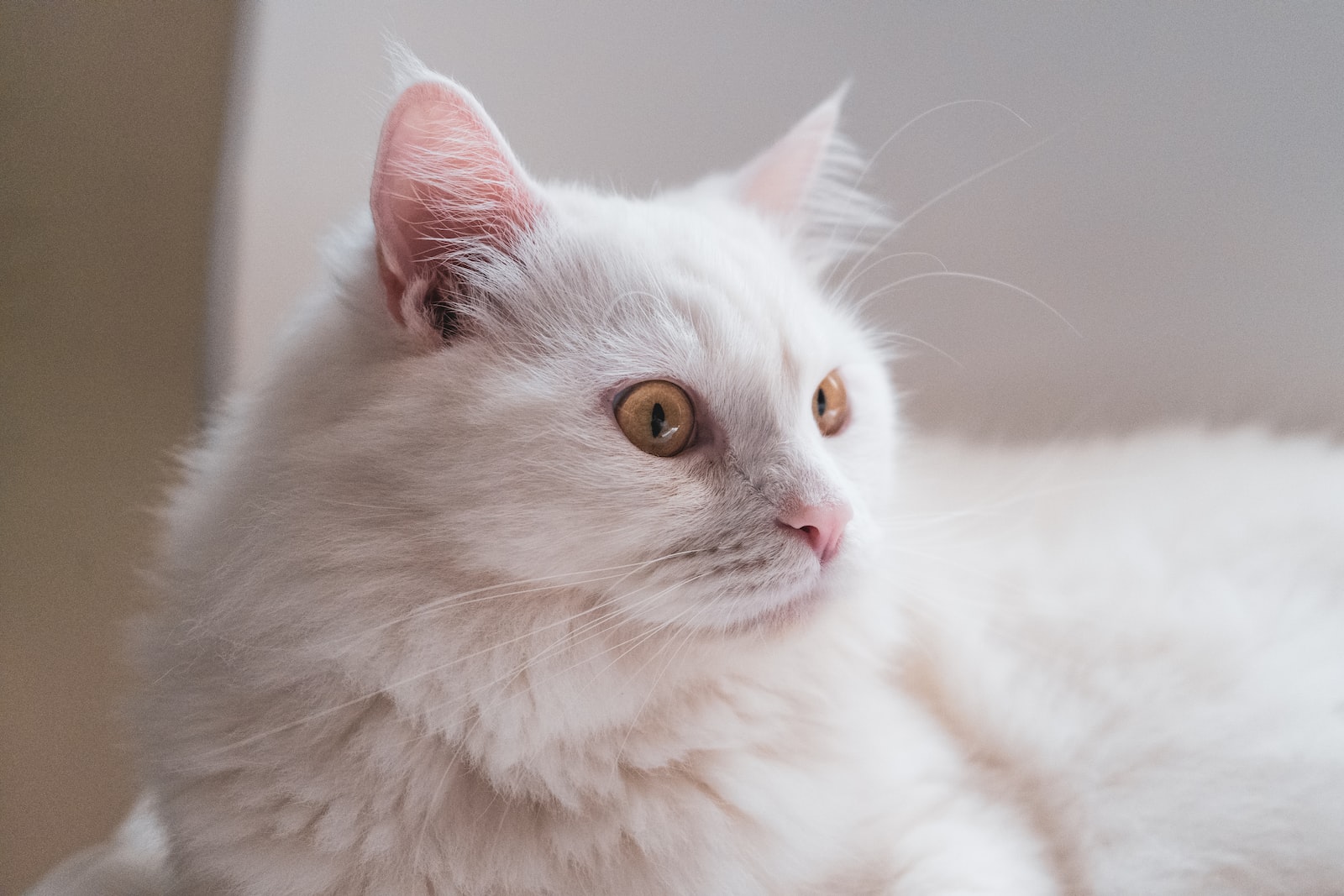
1. Raw material selection and testing
One of the key components of quality control in pet supply manufacturing is the careful selection and testing of raw materials.
High-quality materials are essential to ensure the safety and durability of pet products.
Manufacturers must establish rigorous criteria for sourcing raw materials and conduct thorough testing to verify and test their quality.
This includes testing for potential pollutants, such as toxins or allergens, as well as assessing the physical properties of the materials to ensure they meet the required standards.
2. Manufacturing process control
Maintaining control over the manufacturing process is critical for ensuring consistent quality in pet supply production.
Manufacturers must implement standardized procedures and closely monitor each step of the manufacturing process.
This includes proper equipment maintenance and calibration to ensure accurate and precise production, as well as monitoring and controlling environmental factors such as temperature and humidity.
Additionally, maintaining proper sanitation and cleanliness in production facilities is essential to prevent contamination and uphold product quality.
3. Product testing and evaluation
Thorough product testing and evaluation are essential to verify the safety, functionality, and overall quality of pet supplies.
This involves conducting various types of tests, including physical tests to assess strength and durability, chemical tests to identify any harmful substances, and performance tests to evaluate the effectiveness and functionality of finished products.
Collaborating with reputable third-party laboratories for independent testing can provide an unbiased evaluation of the products and further ensure their quality.
4. Packaging and labeling standards
Quality assurance control extends beyond the product itself and includes the packaging and labeling of all pet foods (cat foods, dog foods, and more), pet toys , and pet supplies.
Adhering to packaging and labeling standards is crucial for conveying accurate information to consumers and ensuring the integrity of the product during transportation and storage.
Businesses must comply with regulatory requirements, provide clear and informative labels, and ensure the packaging is secure and protective.
Proper packaging and labeling contribute to maintaining product quality and building consumer trust.
5. Regulatory compliance
Regulatory compliance is a fundamental aspect of quality control in pet supply manufacturing facilities.
Businesses must stay informed about relevant regulations and standards specific to the industry, including product safety requirements, labeling guidelines, and packaging regulations.
Adhering to these regulations ensures that products meet the necessary legal and safety standards.
Maintaining proper documentation and records, conducting internal audits, and staying up-to-date with changes in regulations are vital to ensuring ongoing compliance and avoiding potential legal and reputational risks.
Raw Materials Selection and Testing of Pet Supply Manufacturing
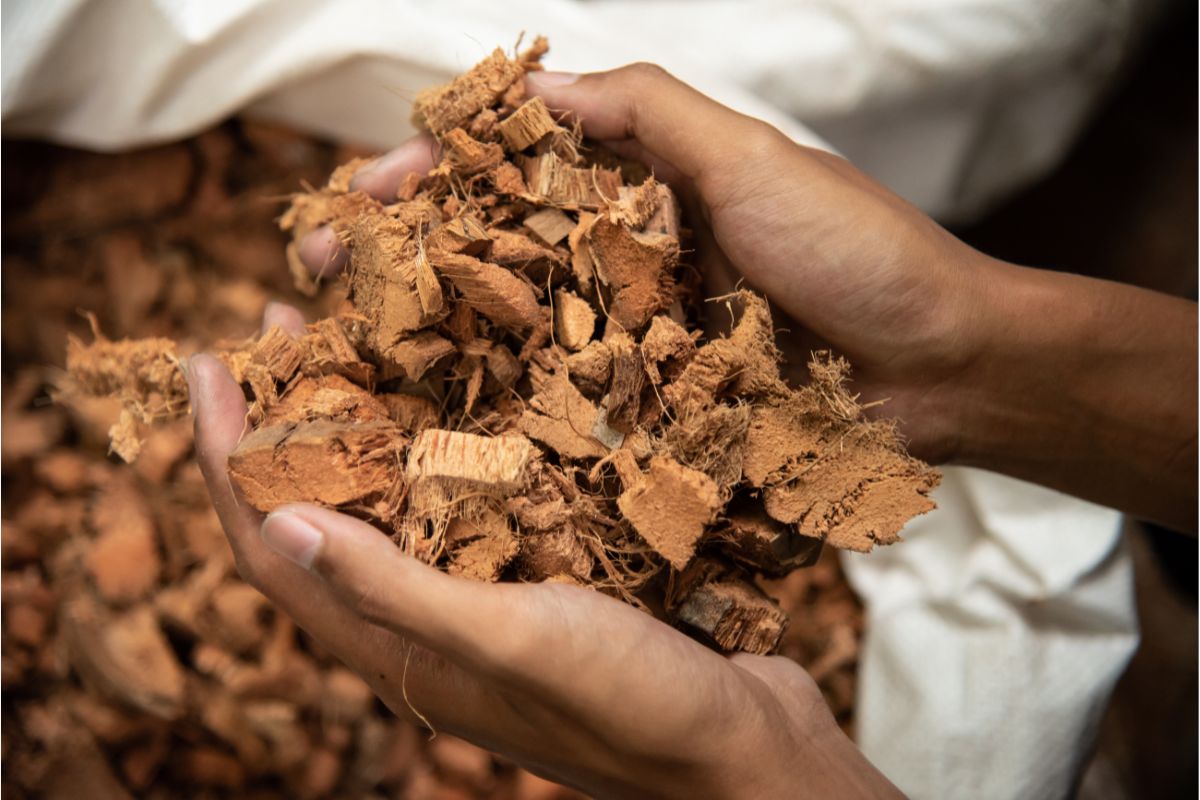
Raw materials selection and testing play a pivotal role in the manufacturing of pet supplies.
Ensuring the quality and safety of raw materials is crucial for delivering superior products to pet owners.
Manufacturers must carefully select raw materials based on rigorous criteria to guarantee that they meet the required standards. This involves sourcing materials from trusted suppliers who adhere to strict quality control measures.
Ensuring food safety in the pet food industry is an important component to gain trust from clients. Make sure to reach out to a trusted supplier that ensures compliance and provides you with a detailed explanation of the whole process of how they make the final product.
Additionally, comprehensive testing procedures should be implemented to assess the materials’ suitability for pet supplies.
These tests can include assessing the materials for potential pollutants, such as toxins or allergens, and evaluating their physical properties for durability and safety.
Suppliers must make sure their factory is also clean and hygienic to ensure safety in manufacturing facilities.
By prioritizing raw materials selection and testing, pet supply manufacturers can enhance product quality, minimize risks to pet health, and build consumer trust in their brand.
Pet Supply Manufacturing Process Control
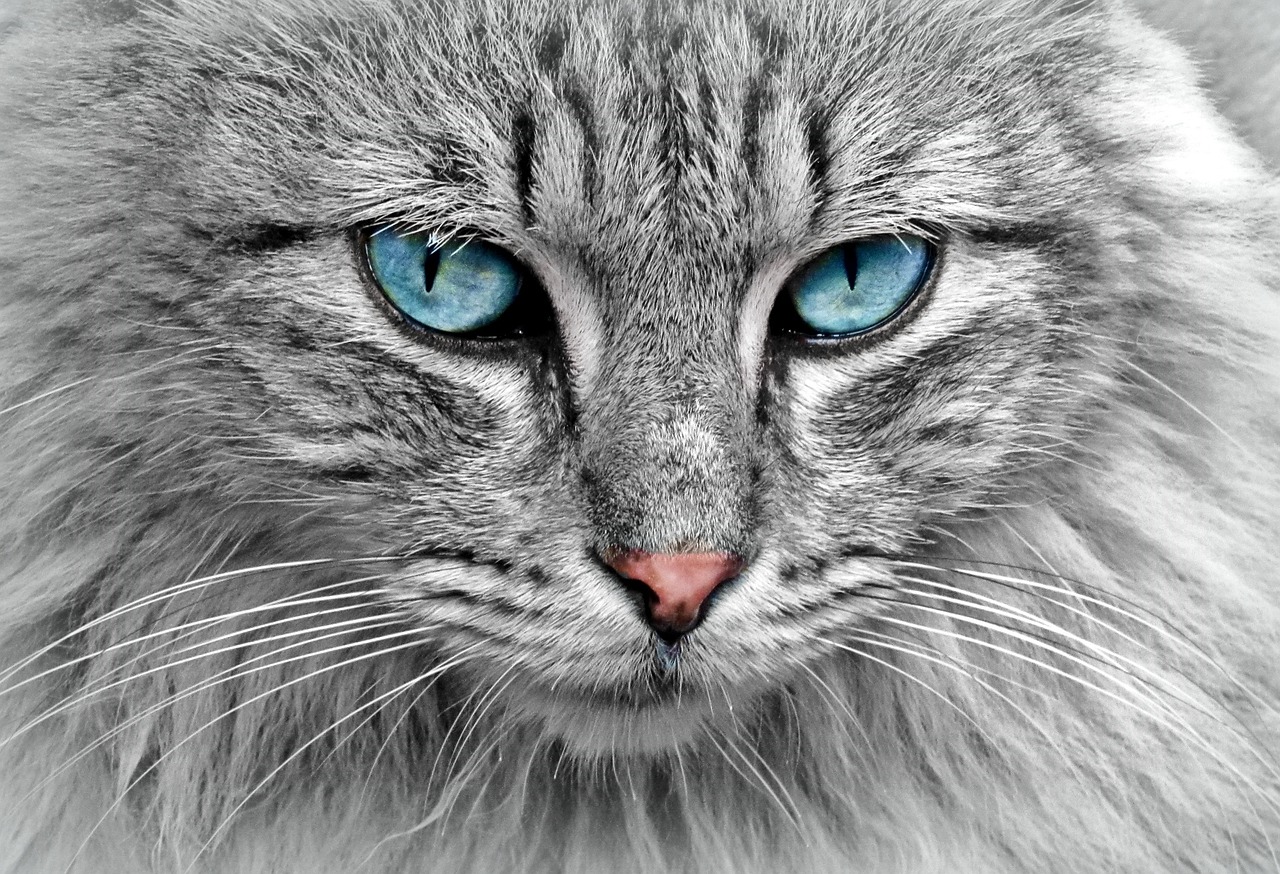
Implementing standardized manufacturing procedures
Implementing standardized manufacturing procedures is a critical component of process control in pet supply manufacturing.
Manufacturers can ensure uniformity in the manufacturing process by setting up clear and consistent procedures for each step.
Standardization helps minimize variations and errors, leading to improved quality and efficiency in production.
It involves creating detailed work instructions, training employees, and establishing quality checkpoints to monitor adherence to standardized procedures.
Regular equipment maintenance and calibration
To ensure manufacturing equipment remains reliable and accurate, regular maintenance and calibration need to take place.
By setting up a maintenance program in advance, manufacturers can prevent equipment from breaking down, reduce downtime, and maintain product quality consistency.
Regular calibration of equipment, such as scales or temperature controllers, helps maintain accuracy and reliability, ensuring that manufacturing processes operate within the required parameters.
Timely equipment maintenance and calibration contribute to a smooth production process and reduce the risk of producing standard or defective pet supplies.
Monitoring and controlling environmental factors
Monitoring and controlling environmental factors is crucial to maintain optimal manufacturing conditions and product quality.
Factors such as temperature, humidity, and air quality can significantly impact the manufacturing process and the quality of pet supplies.
Continuous monitoring of these environmental factors allows manufacturers to identify and rectify any deviations that could affect product integrity.
Implementing controls, such as HVAC systems or humidity control measures, ensures that the manufacturing environment remains within the specified ranges, minimizing variations in product quality and enhancing consistency.
Ensuring proper sanitation and cleanliness in production facilities
Ensuring proper sanitation and cleanliness in production facilities is vital to prevent contamination and maintain product safety. Pet supply manufacturers must adhere to strict hygiene practices to safeguard the integrity of their products.
This involves implementing robust sanitation protocols, including regular cleaning and disinfection of production areas, equipment, and storage areas.
Good manufacturing practices (GMP) should be followed to prevent cross-contamination and the spread of pathogens.
By upholding high standards of cleanliness and sanitation, manufacturers can produce pet supplies that meet the highest safety and quality standards, instilling confidence in both retailers and pet owners.
Product Testing and Evaluation
Product testing and evaluation are essential to ensure the safety and quality of pet supplies.
Detailed testing protocols should be implemented to analyze the finished product and properties against established standards and regulations.
Types of product testing
1. Physical testing (eg, strength, durability)
Physical testing plays a crucial role in ensuring the strength and durability of pet supplies.
Manufacturers conduct physical tests to assess the products’ ability to withstand typical usage and potential rough handling.
This can include tests for tensile strength, compression resistance, impact resistance, and overall structural integrity.
For example, pet toy manufacturers may subject their toys to rigorous testing to ensure they can withstand chewing, pulling, and other forms of pet play without breaking or posing a choking hazard to dogs.
By conducting through physical testing, manufacturers can produce pet supplies that are durable and safe for pets to use.
2. Chemical testing (eg, toxicity, allergens)
Chemical testing is essential to identify potential toxins, allergens, or harmful substances in pet supplies.
To make sure that products are safe for both pets and consumers, manufacturers carry out chemical tests that follow strict food safety and standards.
These tests can include assessing for heavy metals, phthalates, BPA, or other harmful chemicals.
For instance, pet food manufacturers may perform chemical testing to verify that their cat food products are free from contaminants and comply with regulations on allowable levels of substances such as mycotoxins.
3. Performance testing (eg, effectiveness, functionality)
Performance testing evaluates the effectiveness and functionality of pet supplies in delivering their intended purposes.
Manufacturers carry out performance tests to determine how well their products meet certain performance standards.
These tests can assess various features such as level of noise, range of motion, ability to dispense treats, or efficiency in cleaning.
For instance, pet grooming tool manufacturers may conduct performance testing on cats to ensure that their brushes effectively remove loose fur, prevent skin irritation, and provide a comfortable grooming experience for pets.
Packaging and Labeling Standards of Wholesale Pet Supply (Pet Food, Pet Collars, Craters, and more)
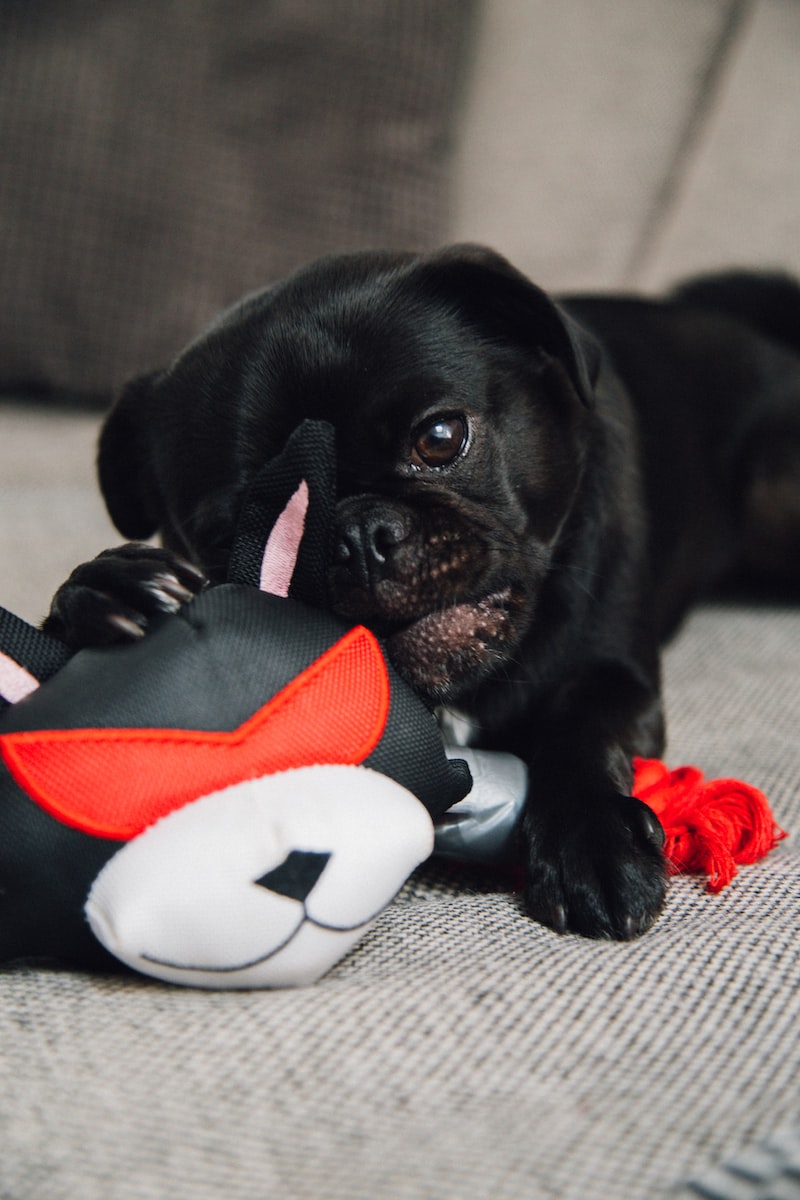
Accurate packaging and labeling are vital aspects of wholesale pet supply manufacturing, encompassing products such as pet food, pet collars, and crates, among others.
The importance of accurate packaging and labeling cannot be overstated. It serves as the first point of contact for consumers, conveying essential information about the product.
Clear and accurate packaging and labeling instill confidence in pet owners, ensuring that they can make informed decisions regarding their pet’s nutrition needs. Moreover, appealing packaging designs can contribute to brand recognition and differentiation in a competitive market.
Compliance with regulatory requirements is a crucial aspect of packaging and labeling standards.
Wholesale pet supply manufacturers must comply with industry-specific regulations and standards.
These can include ingredient disclosures, nutritional information, allergen warnings, and proper labeling of organic or natural products. Adhering to regulatory requirements helps manufacturers avoid legal issues and ensures that their products are safe and meet the expectations of regulatory bodies.
Ensuring clear and informative labels for consumers is essential for promoting transparency and enabling pet owners to make informed choices.
Labels should provide comprehensive information about ingredients, nutritional content, feeding instructions, and any specific usage guidelines.
Clear and concise labeling helps pet owners understand the product’s purpose, potential allergens, and any specific instructions for usage or storage. This allows pet owners to select products that align with their pet’s dietary or health needs.
Packaging integrity and protection during transportation are critical factors to consider in wholesale pet supply manufacturing. Packaging should be designed to protect the products from damage, contamination, or spoilage during transit.
Robust packaging materials and appropriate sealing mechanisms are necessary to ensure the integrity and safety of the products. Additionally, adequate cushioning or padding should be provided to protect fragile items, such as glass containers or delicate pet accessories .
Regulatory Compliance of Pet Supplies
Regulatory compliance is a critical aspect of the pet supply industry to ensure the safety and quality assurance of products.
Manufacturers and suppliers must understand the relevant regulations and standards that govern the production, labeling, and distribution of pet supplies.
This includes staying up-to-date with any changes or updates to these regulations to ensure ongoing compliance. Proper documentation and record-keeping are essential to demonstrate adherence to regulations and provide transparency in the supply chain.
Manufacturers should maintain detailed records of ingredient sourcing, production processes, and quality assurance control procedures.
Conducting regular internal audits is crucial to evaluate compliance with regulations, identify potential gaps or areas for improvement, and implement corrective measures.
Takeaways
Quality control is essential in the pet supply industry to ensure that products meet safety and quality standards.
Manufacturers must conduct physical, chemical, and performance tests to assess product integrity and safety.
Packaging and labeling are integral aspects of wholesale pet supply manufacturing as these provide critical information for consumers. Regulatory compliance is also required to guarantee the safety and quality of the pet food manufacturer and supplies.
By following best practices and keeping up with the latest industry regulations, manufacturers can ensure that their products are safe and meet high standards of quality.
This ensures that consumers have access to superior pet supplies that deliver results without compromising on safety.
